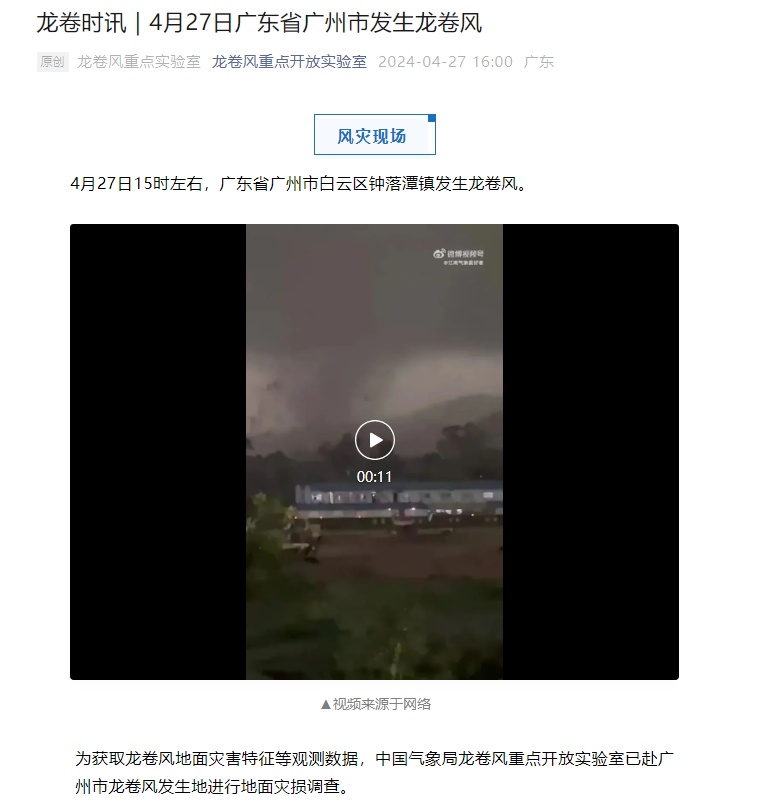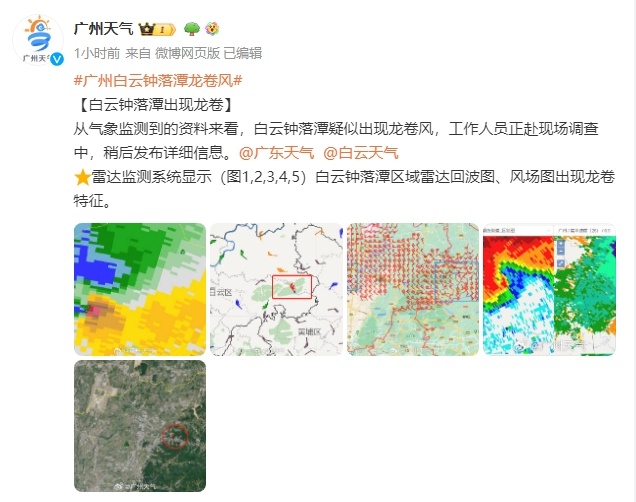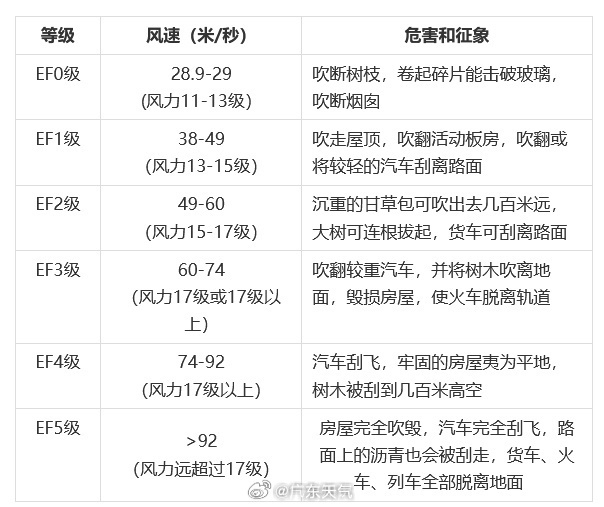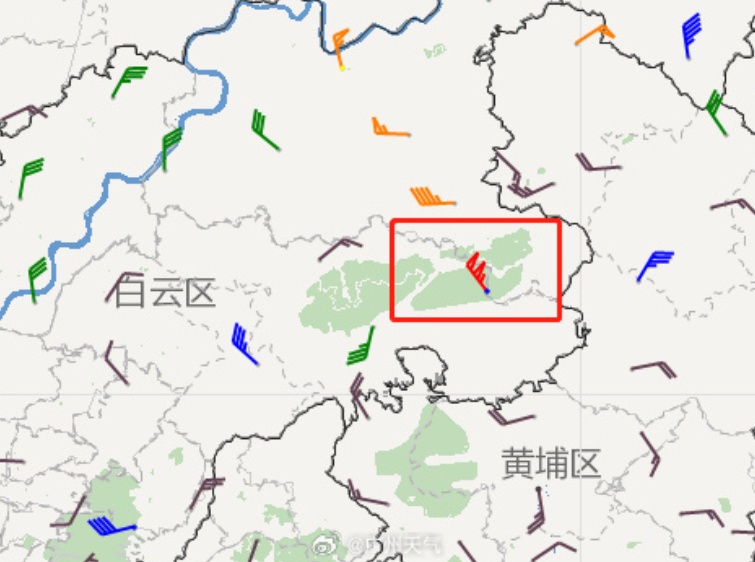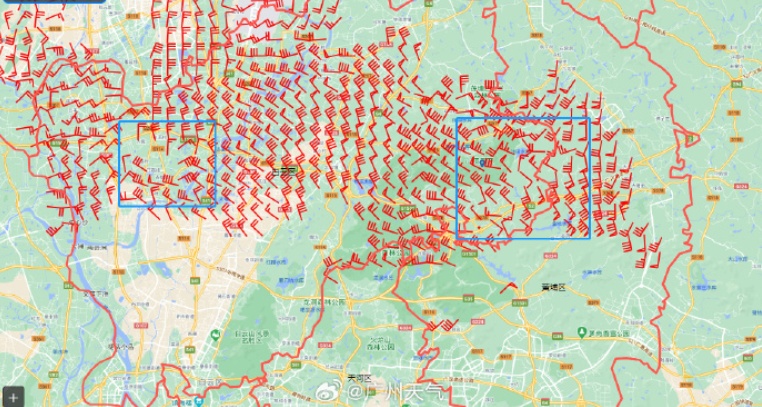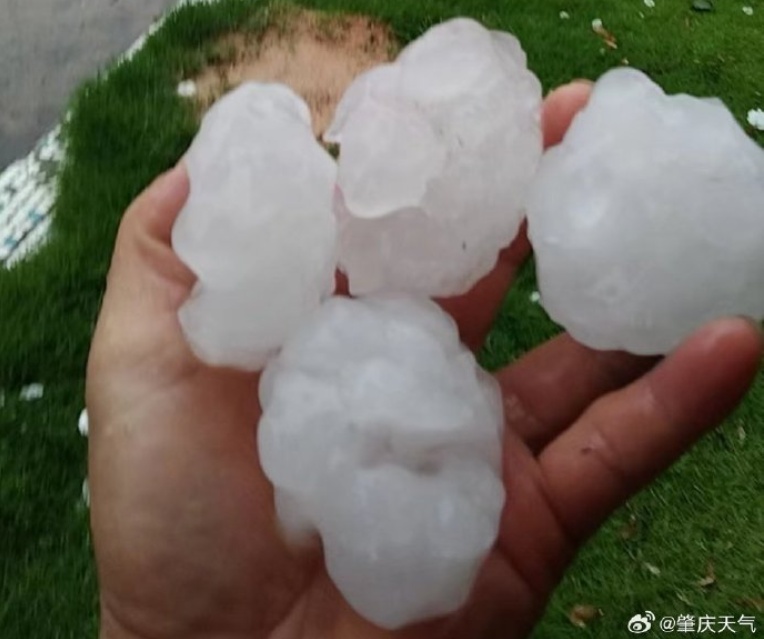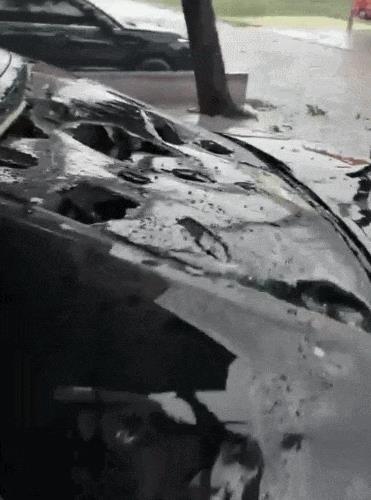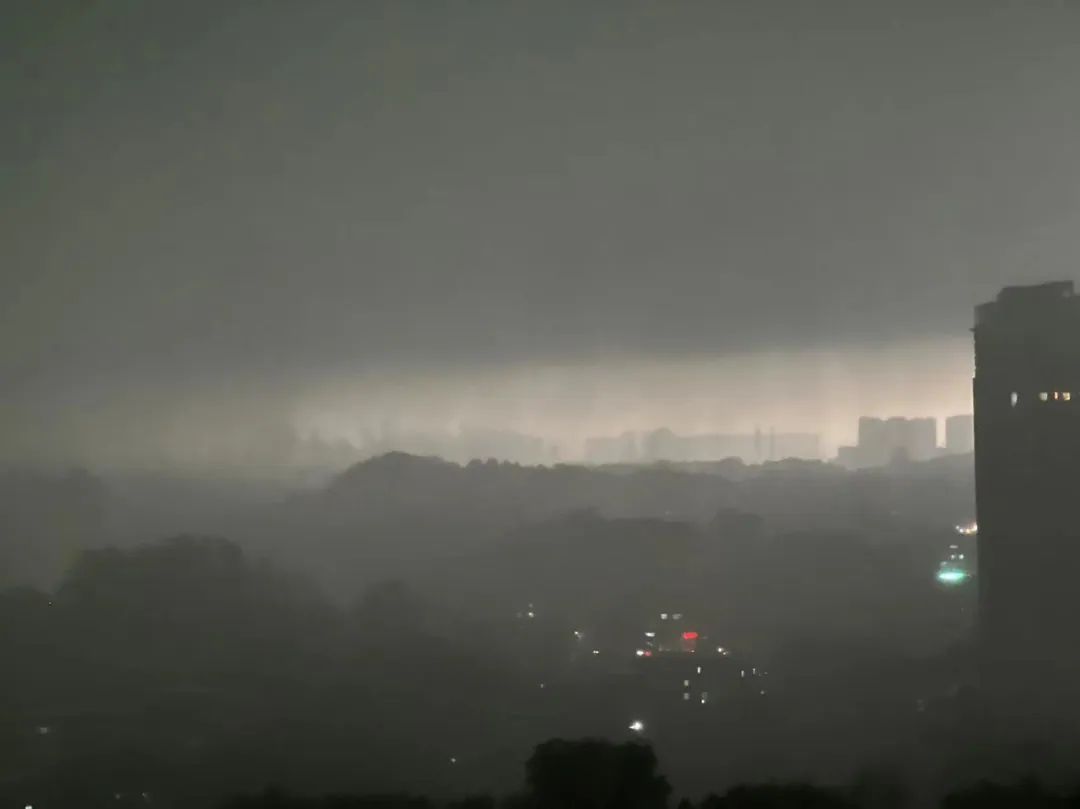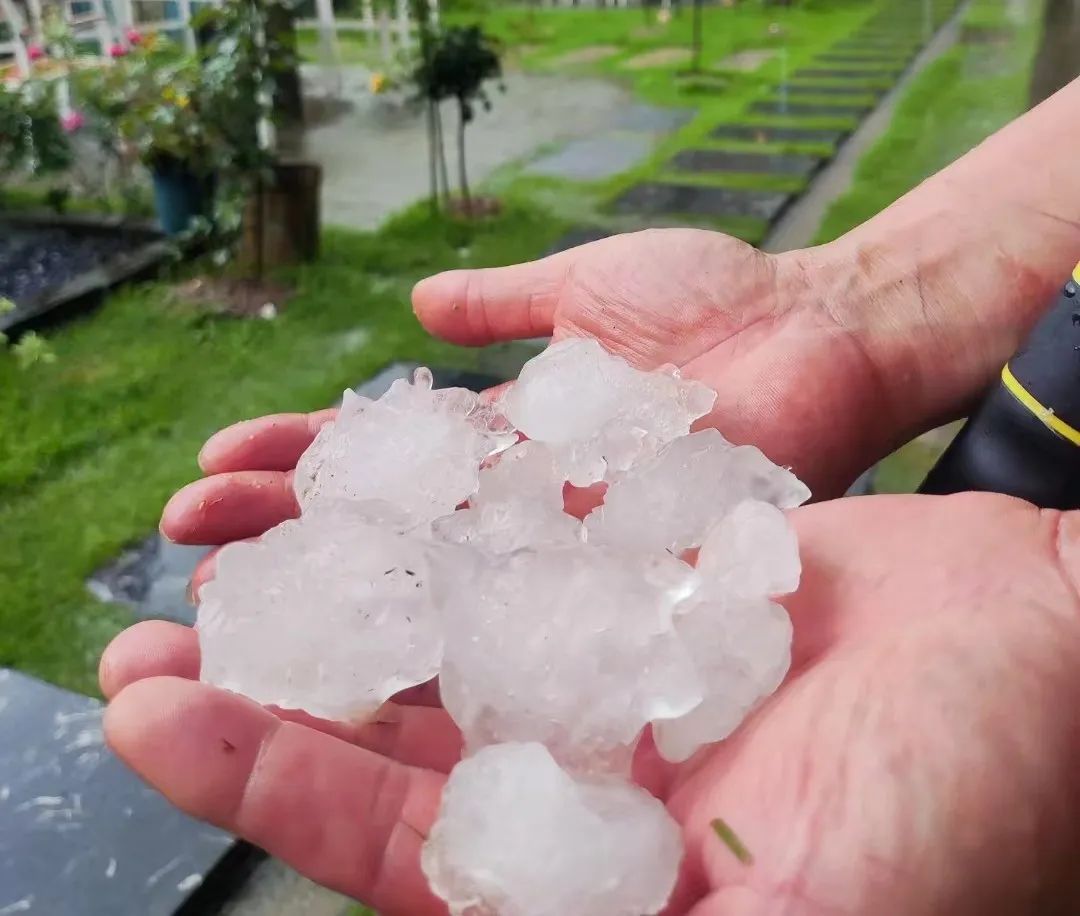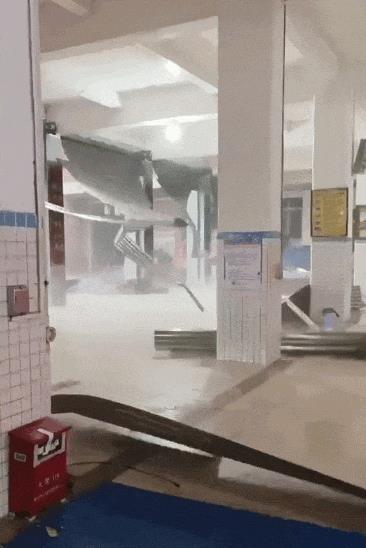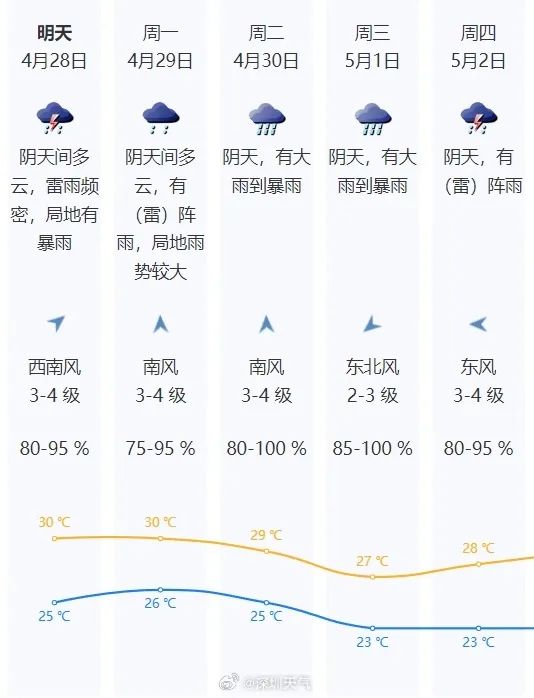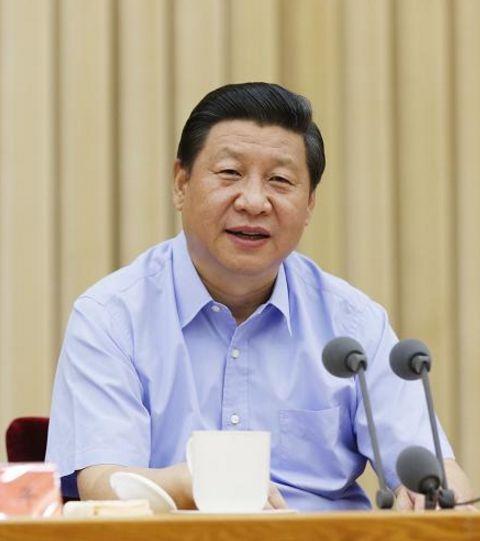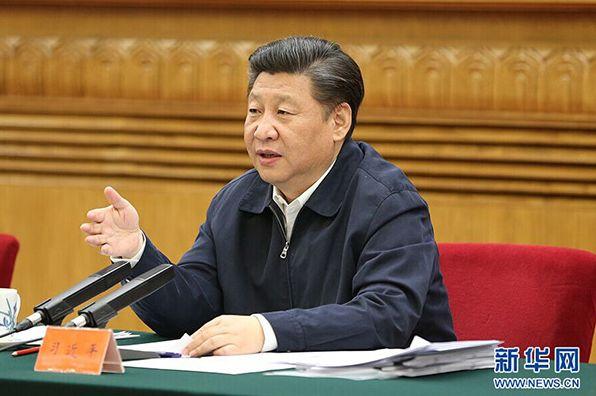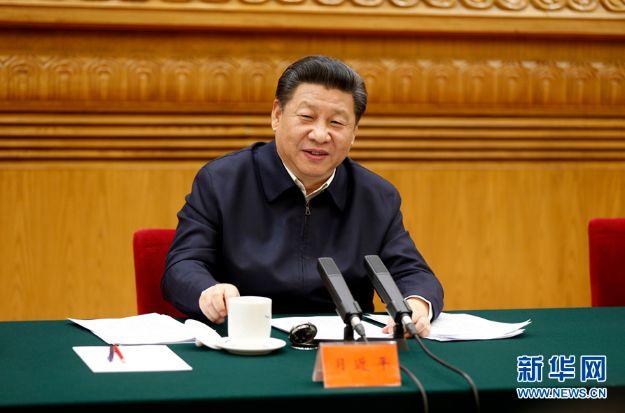Share a new chapter in the ideal of youth with the same big ideological and political lesson.
Moral cultivation, casting souls to educate people. Ideological and political theory course is the key course to implement the fundamental task of moral education. A good ideological and political course is related to training generations of socialist builders and successors, and to the great task of national rejuvenation.
On the evening of October 14th, the online theme publicity and interactive guidance activities of "Writing Youth Chapter on the Land of the Motherland" were held in Sichuan University. This activity closely follows the theme of "Patriotism and Youth Struggle", with the preface of "President’s Opening Speech", and four chapters, namely, "Jin Shui Contains Chapters", "Yuan Jun Flows Long", "Youth Appears" and "Thousands of Scenes", are successively launched, and the struggle stories of more than 30 young role models have become the most vivid teaching materials of this great ideological and political course.
Li Haichao, a new generation archaeologist: I want to dedicate my life to Sanxingdui.
"I have been excavating in Sanxingdui for three years, and I will dedicate the next 30 years, or even my whole life, to Sanxingdui."
Li Haichao is the captain of the archaeological team at Sanxingdui Site of Sichuan University and a professor at the School of Archaeology and Culture of Sichuan University. At the event site, Professor Li Haichao proudly introduced the "treasure of the town pit" in the sacrificial pit of Sanxingdui No.7 — — Turtle-back-shaped grid-shaped device, he said, netizens gave it a nice name "Moonlight Box". When talking about the unearthed cultural relics and excavation work in Sanxingdui, Li Haichao’s eyes were smiling and shining.
For archaeological work, sometimes a site needs a person’s efforts and exploration for more than ten years or even a lifetime, and the hardships and difficulties are self-evident. Since 1934, the predecessor of Sichuan University archaeology — — The museum team of West China Union Medical College University, led by Mr. Ge Weihan, started the first excavation in Sanxingdui’s history. By 1960, the Archaeological Teaching and Research Department of Sichuan University was established. Archaeologists of Sichuan University plowed the fields, inherited the ideas of Feng Hanji and Xu Zhongshu, and based on the fields, participated in a number of important discoveries of Bashu culture such as Sanxingdui, Jinsha and Lijiaba. Li Haichao said with a smile, "Well, we are already the fourth generation of Sichuan University archaeologists who stick to Sanxingdui."
In May this year, the archaeological team of Sanxingdui Site of Sichuan University was awarded the 27th China Youth May 4th Medal Collective, and became the only youth collective in Sichuan Province to win this award. A new generation of young archaeologists has gradually shouldered the burden.
Since its birth, China archaeology has shouldered the heavy responsibility of exploring the long history of Chinese civilization, and at the same time, it has also undertaken the mission of enhancing national self-confidence. Sleeping for thousands of years, waking up is shocking. The treasure of Chinese culture and the charm of ancient Shu culture attract young people from all corners of the country to join the archaeological excavation of Sanxingdui. Li Haichao said, "Today, I have been excavating in Sanxingdui for three years. I will dedicate the next 30 years or even my whole life to Sanxingdui to uncover the mystery of Chinese culture. "
A generation has a generation’s mission, and a generation has a generation’s responsibility. Young archaeologists will inherit old skills and apply new technology from their predecessors, grow into talents in the front line of archaeology, continue to forge ahead and forge ahead, and will surely achieve fruitful results in exploring China culture.
Fan Xiaokang, a graduate from Xinjiang: Rooted at the grassroots level like Populus euphratica.
"Just like my name Fan Xiaokang, follow the crowd ‘ Running towards a well-off society ’ … … Tarim has made me, and I will inherit it ‘ Populus euphratica spirit ’ , rooted in the land of Tarim. "
Fan Xiaokang is a township cadre in Jiashi County, Kashgar, Xinjiang. In 2016, after graduating from Tarim University, he chose to stay and work in Jiashi County. The proportion of Uighurs in Jiashi County reached 99%, which is one of the deep poverty areas in the country’s "three districts and three States". Recalling the scene when he just started working, Fan Xiaokang said, "On the first day I arrived in the village, the villagers smiled and said to me, ‘ Son, are you 20 years old and will you be a secretary? ’ At that time, I felt that it was very difficult to communicate with the villagers, let alone carry out work. "
Take root at the grass-roots level, accumulate wealth and accumulate wealth, and pool the wisdom of all people with my strength to create wealth together. In grassroots work, Fan Xiaokang gradually felt the simplicity, kindness and enthusiasm of the people in Xinjiang. He is determined to do grass-roots work well and help local people improve their lives. Combining the advantages of local characteristics, he learned from technicians and "local experts" to plant new plums and led the masses to double the income of new plums. From bilingual zero foundation to answering questions with the masses now; From being unable to start work to being handy now; From a college graduate to a party branch secretary recognized and supported by the masses.
Now, like Fan Xiaokang, more and more young people, in their prime, choose to go to the grassroots, among the people and where the motherland needs them most. They are ambitious, down-to-earth, fearless of difficulties and obstacles, brave in the mission of the times, and integrate their personal ideal pursuit into the cause of the party and the country.
The "Little Nightingale" in Daliangshan is auspicious and fruitful: sing Daliangshan to the whole world.
"I want to be a music teacher, teach many students like me, take them to a bigger stage and sing Daliangshan to the whole world!"
Plant the seeds of hope, take root, sprout, blossom and bear fruit in the depths of the mountains. "The national flag is so beautiful. Venus shines on the earth. I would like to turn into a little red cloud and fly in the blue sky to kiss you … …” At the opening ceremony of the 31st Summer Universiade in Chengdu two months ago, with the entrance of the national flag, the children sang "The national flag is so beautiful".
There is a special girl among the children in the chorus. Her name is Ji Hao You Guo. For 15-year-old Ji Haoyouguo, this song is familiar to her. On the eve of the Spring Festival in 2018, the General Secretary of the Supreme Leader visited Sanhe Village, Zhaojue County, Liangshan Prefecture. In a low and simple old house, Ji Haoguo sang "The National Flag is Beautiful" for the General Secretary.
Liangshan Prefecture, the auspicious and fruitful home, is the largest Yi nationality inhabited area in China, and was once one of the concentrated contiguous deep poverty areas in China. On February 25th, 2021, Sanhe Village, Zhaojue County, Liangshan Prefecture was awarded the honorary title of "National Model of Poverty Alleviation". In the past five years, the auspicious and fruitful hometown has undergone earth-shaking changes. The once muddy village road has become a clean and tidy asphalt road. The villagers bid farewell to adobe houses and moved into new homes with clean windows through ex situ poverty alleviation. More and more villagers have jobs.
On July 28th this year, the little girl who sang for the General Secretary stepped onto the stage of the opening ceremony of the Chengdu Universiade, representing her hometown, the Yi people and the motherland, and singing for friends from all corners of the country. Take advantage of the times to develop the east wind and release the dream of youth. Pure singing can fly out of the mountains, leap over Bashu, spread all over the country and sing the world.
Compared with five years ago, Ji Haoguo has changed a lot. He is taller and has a brighter smile on his face. Recalling the experience of singing to the general secretary five years ago, Ji Hao was very excited. "That was my most unforgettable day! I will always remember the sentence that Grandpa Xi told me ‘ Study hard and get out of Liangshan. ’”
Watering flowers and roots, educating people and cultivating hearts, entrusted by the general secretary, infiltrated the hearts of Yi girls. Ji Haoyouguo said that her dream is to be a music teacher, to take more students like her to a bigger stage and sing Daliangshan to the whole world.
(Guangming. com reporter Li Xinxin)
